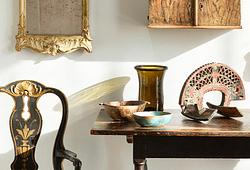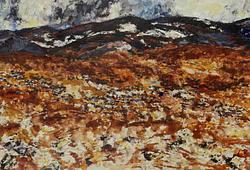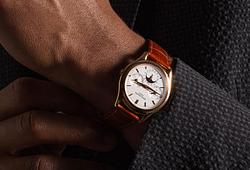Karl Nordström
"Skogsväg"
Signed KN and dated 1895. Charcoal on paper 47 x 61 cm.
Alkuperä - Provenienssi
Karl and Tekla Nordström (1855-1923).
Thence by decent to their daughter Inger Sandin (1893-1972).
Muut tiedot
In 1887, the painter Nils Kreuger (1858-1930), following his 6-year long stay in France, settled in Varberg, a coastal town situated 70 km south of Gothenburg in the province of Halland. In 1893, he was joined there by his friends and collegues Richard Bergh (1858-1919) and Karl Nordström. Together they founded what became known as Varbergsskolan (The School of Varberg) which greatly contributed to the creation of a pure national romantic style as a reaction to realistic landscape painting in the French manner.
Their works from Varberg were first shown at Konstnärsförbundets (The artists Association) 8th exhibition held in Stockholm during the spring 1894. The exhibition included Karl Nordström’s
groundbreaking picture Varbergs fäste (Sparbanken), Nils Kreuger’s triptych "Spring in Halland” (Nationalmuseum) and Richard Bergh’s Vision (Nationalmuseum). Nordström and Kreuger also exhibited charcoal drawings. In 1896 Richard Bergh, in an essay on Karl Nordström, recognized Nordström’s pioneering role in the creation of a pure national art (Karl Nordström och det moderna stämningslandskapet [Karl Nordström and the modern atmospheric landscape], in Ord och bild, no. 97, 1897, pp. 97-111).
















































